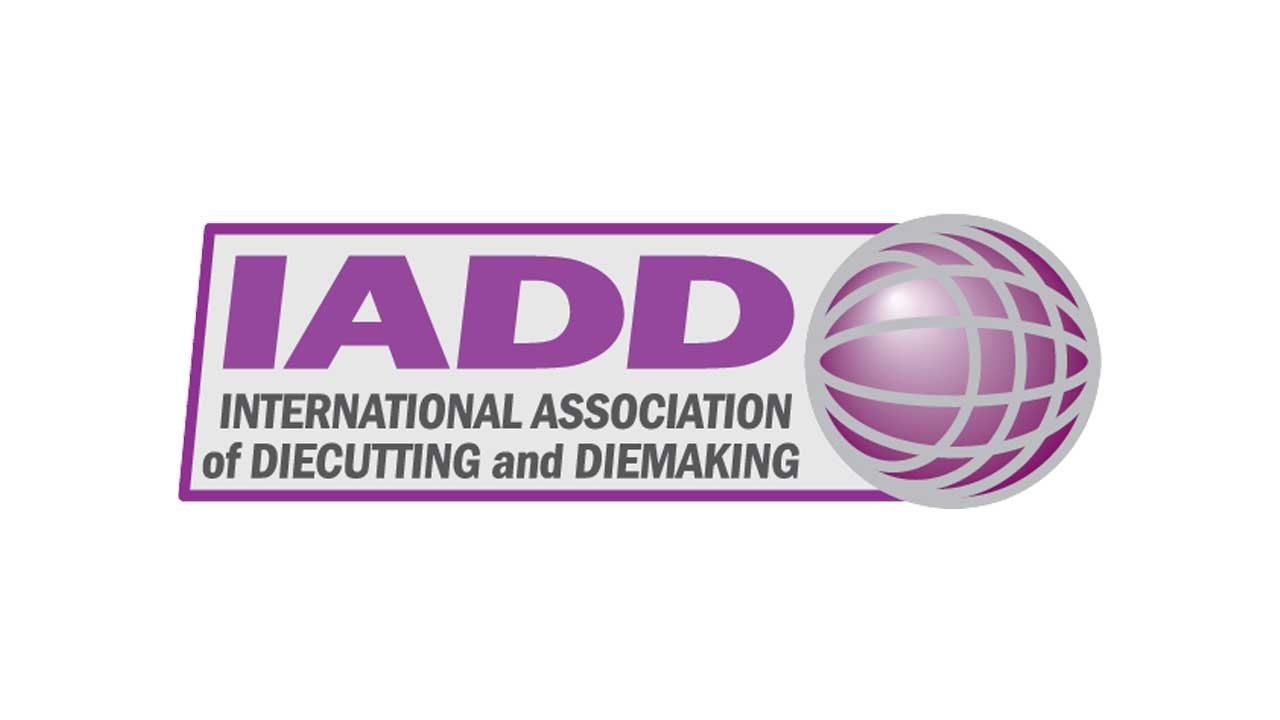Upgrade your digital finishing

Label printing and converting has evolved over the years, employing water-based, UV and solvent technologies that work together to create a whole greater than the sum of the parts. These familiar technologies have produced structures that have passed the test of time; these structures are part of our core competencies and comfort zone. Can we employ digital print methods to create complex structures with different inks, primers, method of fixing the inks, etc, and use the same adhesives, coatings and functional layers we used with analog print methods?
Viable digital technologies include dry electrophotographic toner (DEP), liquid electrophotogtaphic toner (LEP), UV inkjet (UV IJ) and water-based inkjet (AQ IJ). Are UV flexo inks the same as UV IJ inks? Would one use the same cold foil adhesive for UV flexo inks and UV offset inks to produce optimum results? Sure, the same adhesive may work, but what are the compromises? Similar structures utilizing different technologies simply require different components.
This article explores the use of tools and processes that can allow the printer to reproduce layers of functionality when employing digital print. We will explore how to systematically address digital finishing processes for labels.
It all starts at the foundation
A conversation about primers is often a divided conversation. The simple fact is that regardless of the digital print technology, the use of a primer – whether applied to the substrate prior to the printing process or during the printing process – creates a more consistent, optimized surface. For now, let us agree that a properly primed surface has advantages in terms of highest potential print quality and subsequent embellishments. On a connected subject, I encourage all printers to really dig deep into analog versus digital print cost structure and value to shed light onto the actual cost centers of each. There are a few surprises in this examination explaining, in part, why we see single-digit digital market share of labels, yet double-digit value (sales) of labels.
Primers employ different mechanisms to affix ink, control ink gain and begin to optimize ink durability required for movement through the press and in converting processes. In a similar manner, any protective coatings should be both compatible with the ink type used plus incorporate properties that capitalize on the primer mechanisms to best accept, improve flow, improve adhesion and add additional durability to the coating.
Coating and ink compatibility
Coatings for durability, receptivity (eg inkjet, thermal transfer, laser marking), haptic effects, cold foil adhesives, security, etc exist for analog printed constructions, and similar coatings exist for digital printed constructions. Again, the best coatings for analog printing are most likely not the best for digital printing. Unless vetted for a digital application, coating adhesion to digital inks, ink protection, protection against heat, ability to prevent chemical or water attack, and other properties will most likely be sub-standard for the ideal properties required for a digital construction. As a rule, analog inks have as a base advantage a wider window for the formulator to work her magic. Rheology alone makes it easier for the formulator to use a wider range of ingredients to improve adhesion, durability and in general incorporate a higher solids content. Digital inks also tend to have a narrower bandwidth for raw material types.
To a higher degree in digital print applications, the coatings must impart durability, aesthetic and functional properties while bonding with the inks to form a complimentary structure, bringing qualities that mitigate or even eliminate inherent deficiencies in those ink chemistries. This sentence is a key message in this article. A coating used for one ink chemistry will most likely not impart the same properties as a coating used on a different ink chemistry.
Here is an example. If one is producing a wine label with UV flexo inks, that printer requires a coating that is hard, durable, has a low coefficient of friction (COF) and is water-resistant. If a printer is producing a wine label with an electrophotographic digital ink, that printer requires a coating that is tough yet flexible, and also has a low COF plus water-resistance. These coatings would have two different resin systems. Hard and tough are two different attributes, and a hard coating applied over an electrophotographic ink in this application will exacerbate failure.
Corona treatment
We often see a new finishing line with a price tag upwards of seven digits with no corona treater. In this context, the old saying ‘pay now, or pay later’ has never been more true. When writing this article, I went online and saw quality used corona treaters for label finishing equipment for as low as four digits. I am not advocating placing used equipment on new equipment, but I am emphasizing the relatively low cost to place corona treatment on a digital finishing unit.
The impact of corona treatment to enhance adhesion of coatings and adhesives onto digital inks varies from essential to benign. Essential is the most common impact. Digital inks require additives and chemistry to impart properties that deliver, hold and affix the inks onto the base material. Although analog inks also require additives and specialized chemistry to do the same, the level and need for precise modification in digital inks is greater. The subsequent acceptance of other products like adhesives and coatings onto the surface of digital inks is therefore not as easily achieved, and corona treatment is a good, relatively inexpensive method to create a surface ready for bonding and able to support even coverage onto the surface of the digital inks.
Coating and adhesive cost is another reason to utilize corona treatment. If corona treatment is not used, the coatings and adhesives now must incorporate surface tension modifiers, adhesion promoters, surface-active materials and more to create a chemistry that flows well across the digital inks, bonds and still performs in the desired manner. I was once told that as the number of syllables increases in the name of an additive, the cost increases exponentially.
That may be an over-simplification, but surface tension modifiers, adhesion promoters and surface active materials are indeed some of the most expensive raw materials. One can pay now – with a corona treater, or pay later – with highly-modified coating and adhesive chemistry. Multiple studies show that a corona treater can pay for itself in 18 months or less on a single label finishing unit used to service two digital presses operating one shift a day or servicing one digital press operating two shifts per day. The pay back will come from using more traditional coating chemistries compared to using more costly modified coatings and adhesives.
Another compelling reason to have a corona treater in place is the depth and breadth of the coating and adhesive chemistries and corresponding attributes that can be used over corona treated digital inks compared to non-corona treated digital inks. Cold foil, primarily due to the adhesives, are very challenging without corona treatment. Tactile coatings do not flow as well, or produce the level of clarity without corona treatment. Soft touch coatings are more easily abraded. The list goes on. Some digital ink types require corona treatment to a lesser degree than other digital ink types. Some digital ink manufacturers promote inks that are stated to require corona treatment to a lesser degree than other digital ink types. But the use history is clear. Almost all digital finishing has a broader processing window (capabilities and cost) with corona treatment. Plus, if you need corona treatment, and you do not have a corona treater, then your digital finishing is significantly and negatively impacted.
The bottom line
Digital printing is highly impactful, if not redefining printing facilities, print technology, workflow and value structure in our industry. Whether product finishing for digitally printed products is performed with total in-line converting or off-line, whether with DEP, LEP, UV IJ or AQ IJ products are utilized, whether using UV, UV LED or water-based coatings and adhesives, or whether primers and/or corona treatment are utilized, the brand owner expects the same or higher performance from a digitally printed structure. All the embellishments found atop (or under in some cases) analog inks are required to be in the same construction with the same characteristics. Value structure differences between analog and digital constructions have been a footnote, but here we bring that element to the front of the discussion. Although the use of digital primers, specialty coatings and adhesives, and corona treatment can be debated in an intellectual discussion, the production environment is not the place to play out any compromises.
Create success with the right tools, because your significant cost variables between analog and digital printing are rarely found in embellishment components or consumables.
Stay up to date
Subscribe to the free Label News newsletter and receive the latest content every week. We'll never share your email address.

